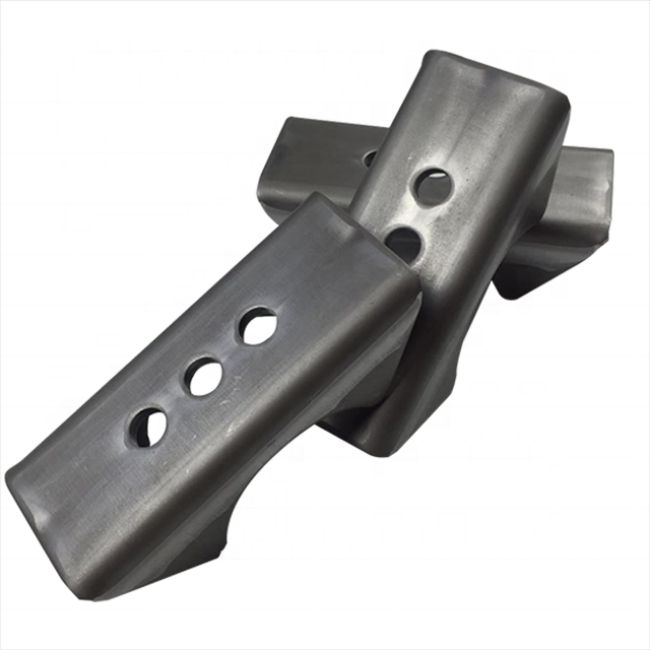Choosing the Right Material for Stamping Sheet Parts: Stainless Steel or Aluminum?
2024-12-12
When it comes to manufacturing stamping sheet parts, selecting the right material is crucial. Stainless steel and aluminum are two of the most commonly used metals, each offering unique advantages. Here’s a guide to help you decide which material suits your needs.
Step 1: Understand Your Application Requirements
1. Strength Needs:
- For heavy-duty applications requiring maximum strength and durability, stainless steel is the better choice.
- Aluminum is suitable for lightweight applications where reducing weight is a priority.
2. Corrosion Resistance:
- In environments prone to moisture or chemicals, stainless steel’s superior corrosion resistance outshines aluminum.
- Aluminum performs well in less aggressive conditions but may require additional coatings for extra protection.
3. Thermal Conductivity:
- Aluminum’s excellent thermal conductivity makes it ideal for heat-sensitive applications, such as electronics or HVAC components.
Step 2: Factor in Budget and Production Scale
- Material Costs:
- Aluminum is often more affordable than stainless steel, especially for large-scale projects.
- Tooling and Maintenance:
- Stainless steel’s toughness may require more robust tooling, increasing production costs.
Step 3: Evaluate Aesthetic and Functional Needs
- Stainless steel’s polished finish is aesthetically pleasing, making it a popular choice for visible components.
- Aluminum’s matte appearance and anodizing options offer flexibility in design.
Step 4: Consider Environmental Impact
Both materials are recyclable, but aluminum has a lower melting point, making it more energy-efficient to recycle. This makes aluminum an eco-friendlier choice for sustainable manufacturing practices.
Selecting between stainless steel and aluminum for stamping sheet parts boils down to your specific application requirements. Stainless steel excels in strength and durability, while aluminum offers lightweight and thermal advantages. By assessing factors like strength, budget, and environmental impact, you can make an informed decision that ensures optimal performance and cost-efficiency for your project.



